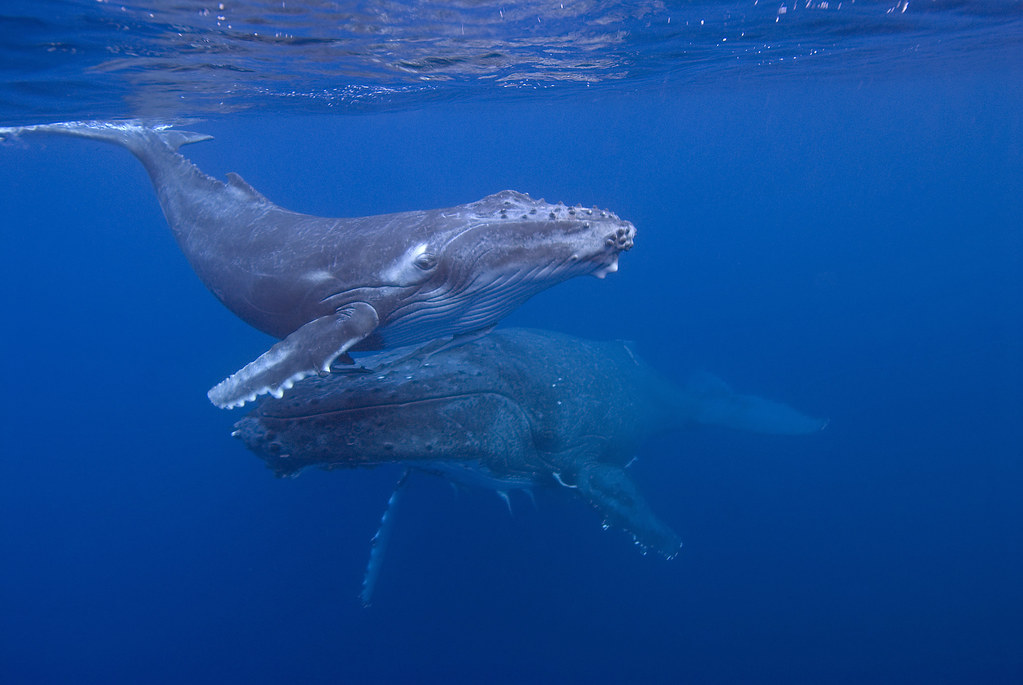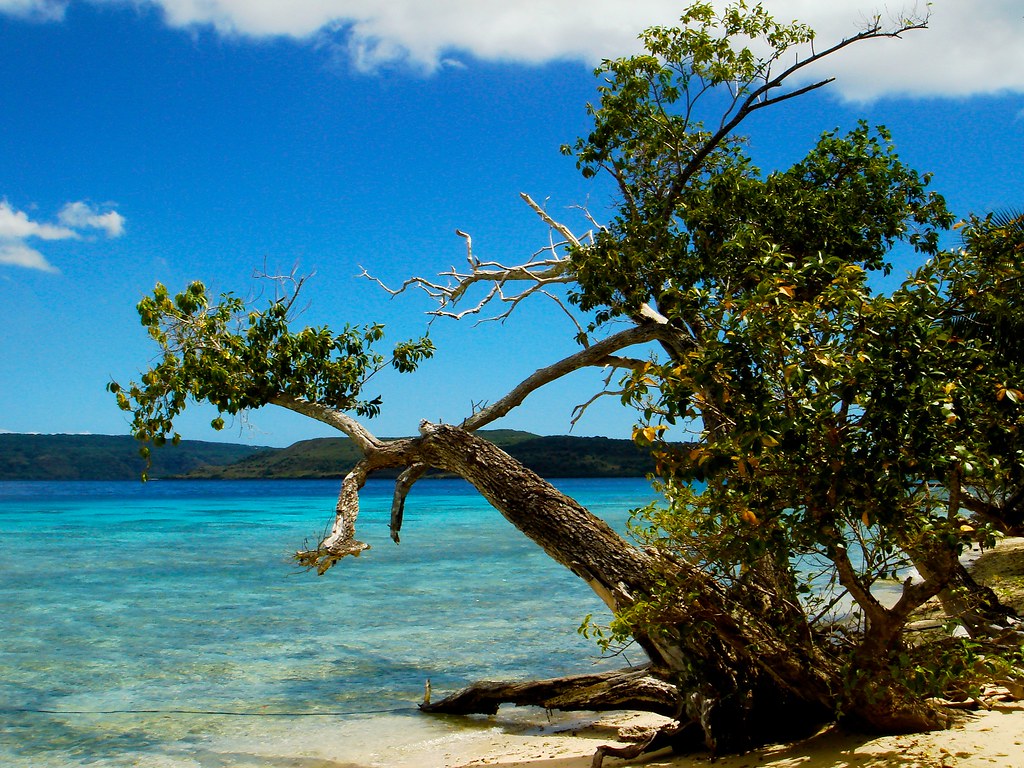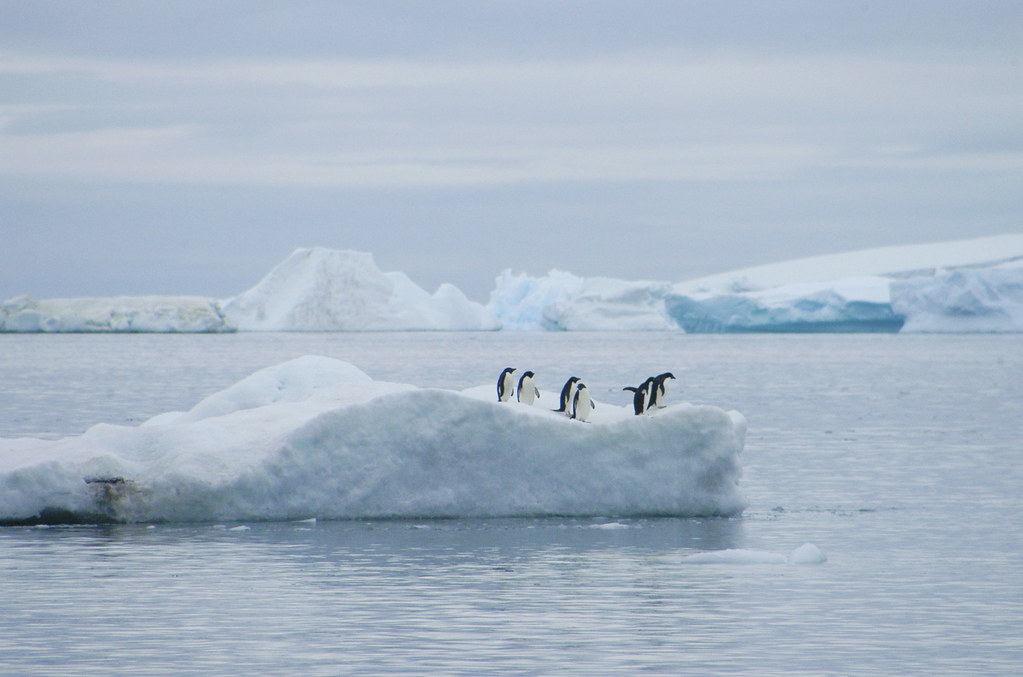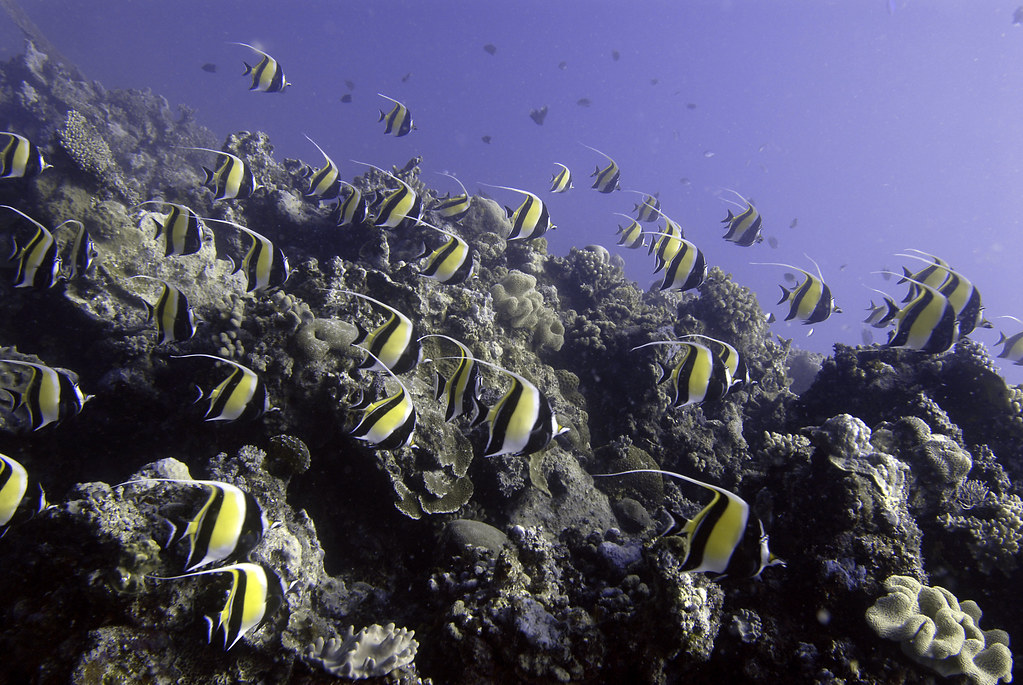by Valeska Oudhof
As CCN informed, 5% of the ocean area is what the Blue Nature Alliance aims to protect. With this ambitious goal, the Alliance contributes to the protection of marine ecosystems and biodiversity. Later this year, at the United Nations Biodiversity Conference (COP15 CBD), the 30X30 goal to protect at least 30% of the ocean by 2030 is expected to be ratified. Recognizing the threats to the seas like climate change, pollution, and overfishing, the Blue Nature Alliance provides a significant contribution to the 30X30 goal.

Seven locations are targeted by the Alliance: ocean areas around Antarctica, Fiji, Canada, Seychelles, Palau, the Western Indian Ocean and Tristan da Cunha. In total, these areas make up about a third of the overall goal of 30% to be protected. The main focus will be to work with local communities and national leaders to establish new marine protected areas (MPAs). To make the MPAs effective, the Alliance chose regions primarily without large-scale commercial fishing, management- and monitoring plans, and local communities.
For example, in Antarctica’s Southern Ocean, the aim is to keep out industrial fishing and preserving species that are key to the food chain, such as leopard seals, penguins and krill. Another example is the Fiji Lau Seascape, where the Alliance works together with the government to legally assign the area as protected and define limits on fishing and tourism.

This goal’s challenge is to ensure that the designated areas will indeed be fully protected and maintained. Technological advances are likely to be of help for the enforcement of the measures. For example, satellite technology has already made it easier to spot illegal fishing. Furthermore, the support of local communities helps to ensure the maintenance of protected areas.
The effort of the Blue Nature Alliance to contribute to conservation as a global partnership is “probably the largest single conservation effort in terms of size and speed”, according to the CEO of Conservation International, one of the leading organizations of the Alliance. It will be a considerable step forward as presently only 2.7% of the ocean are recognized as thoroughly protected. The Blue Nature Alliance aims to implement and maintain the designated zones.




